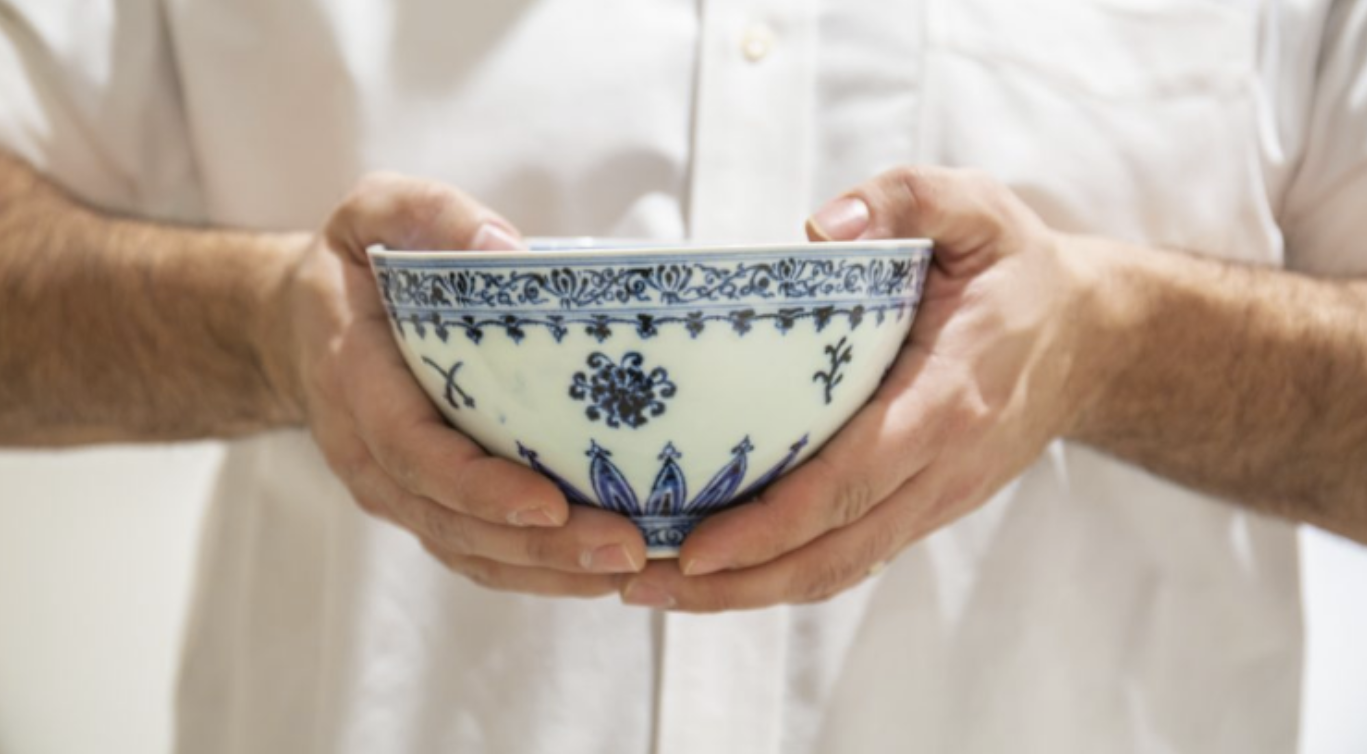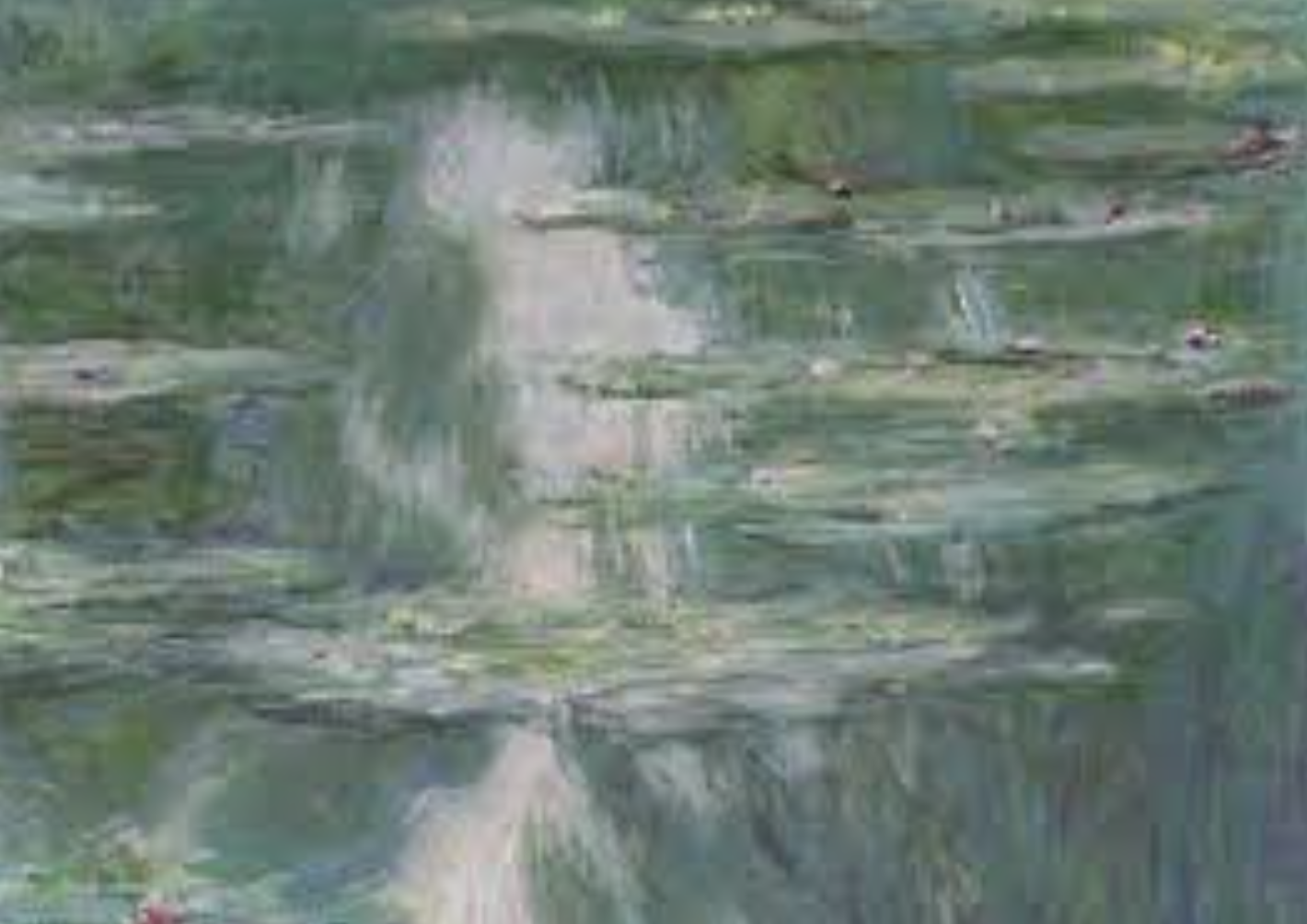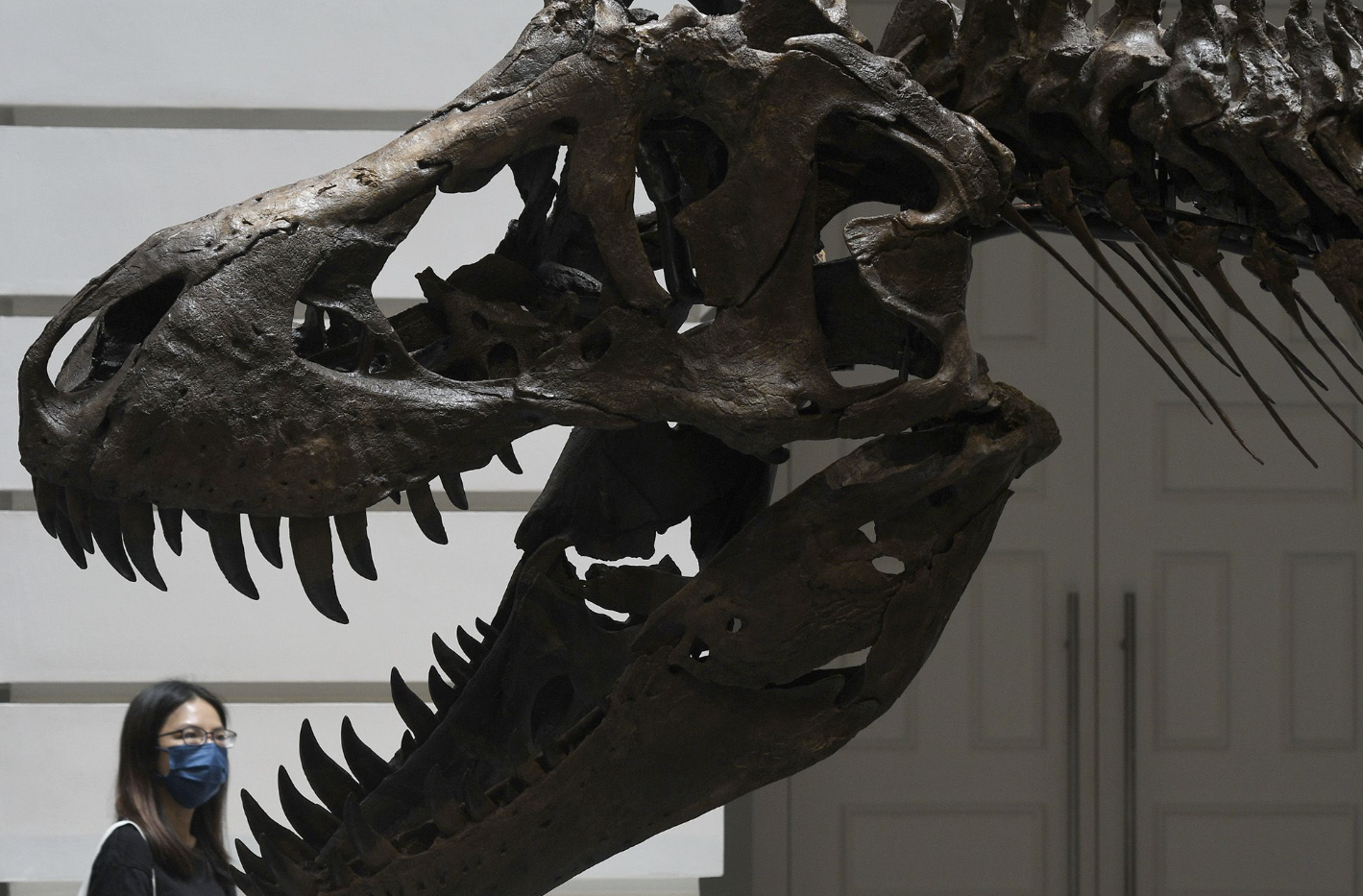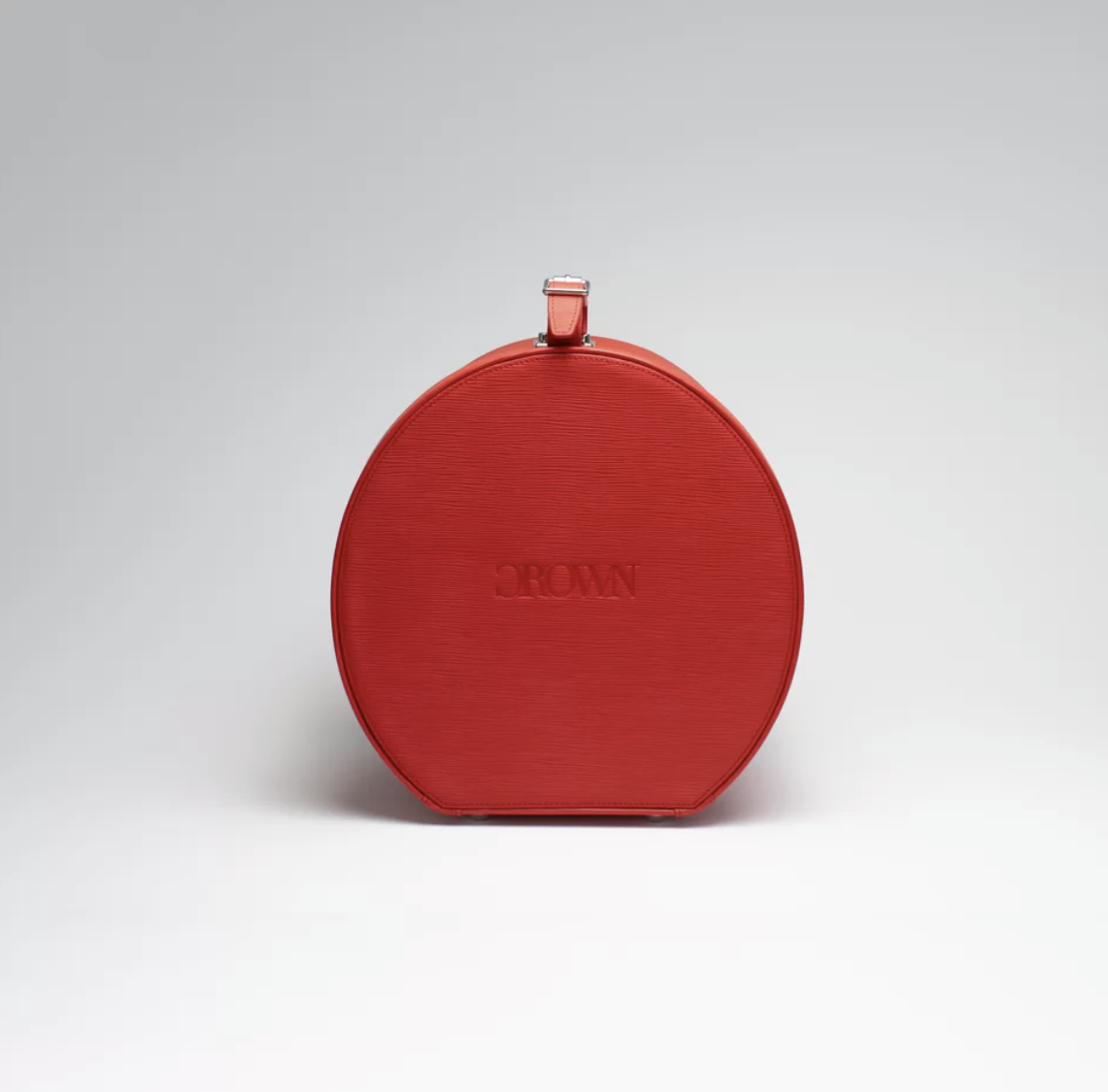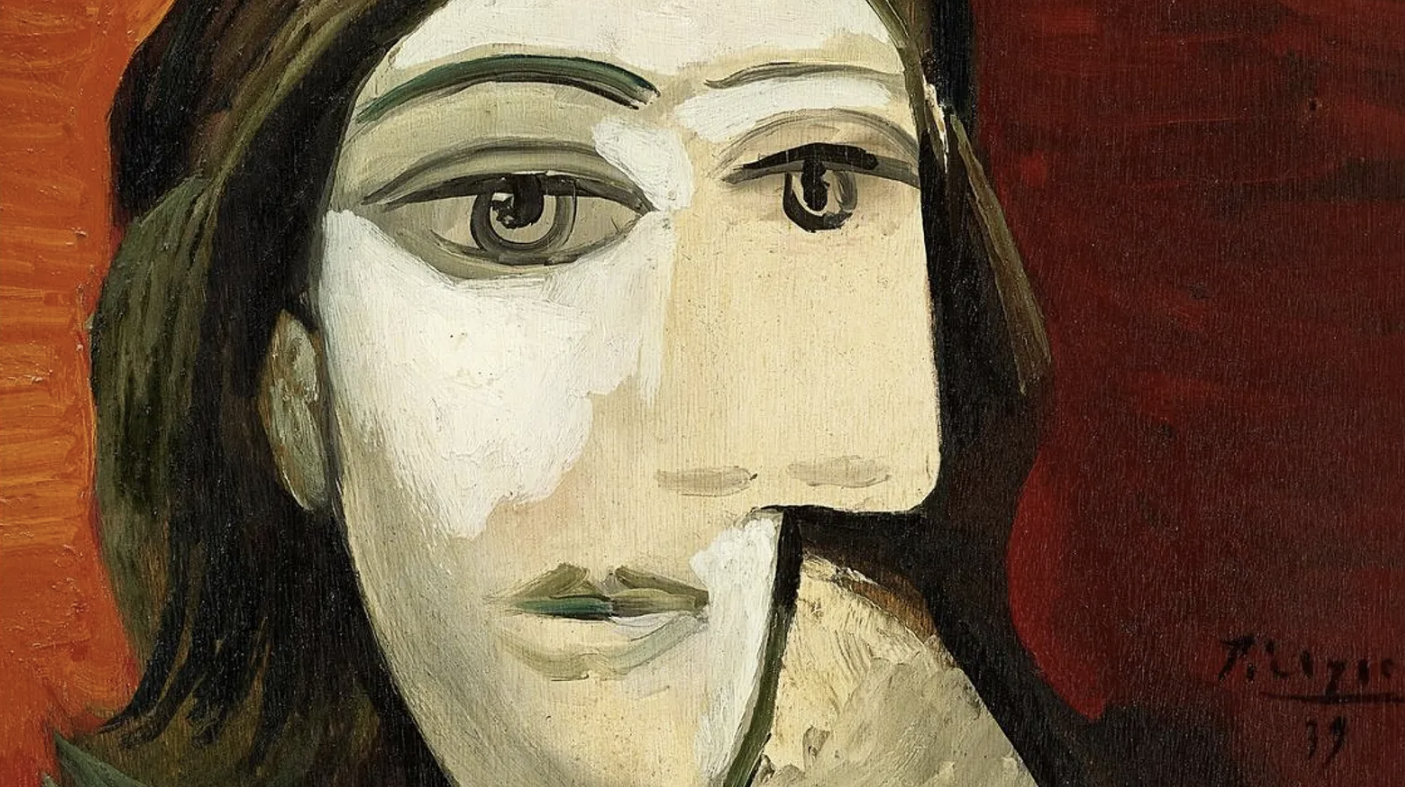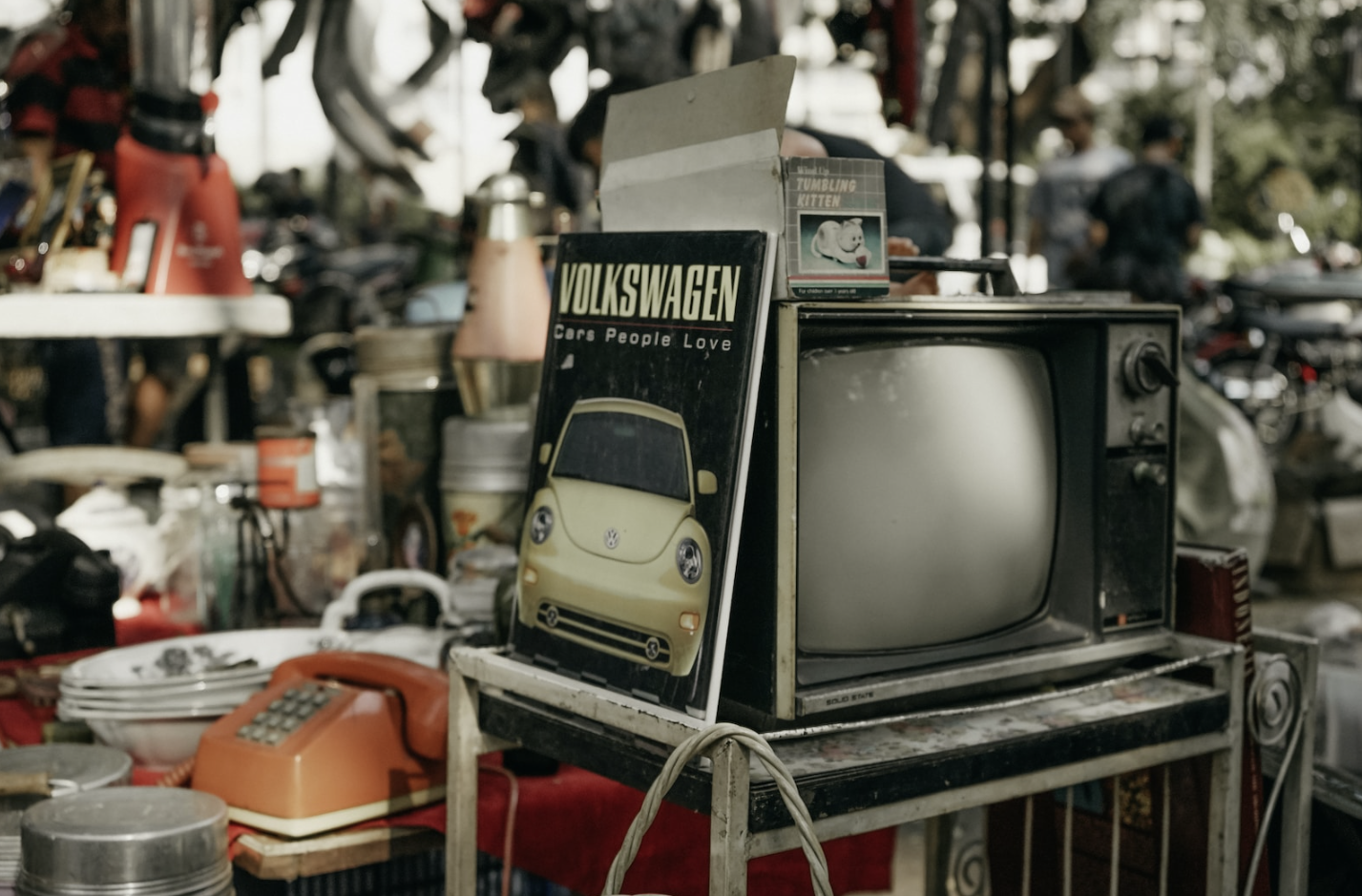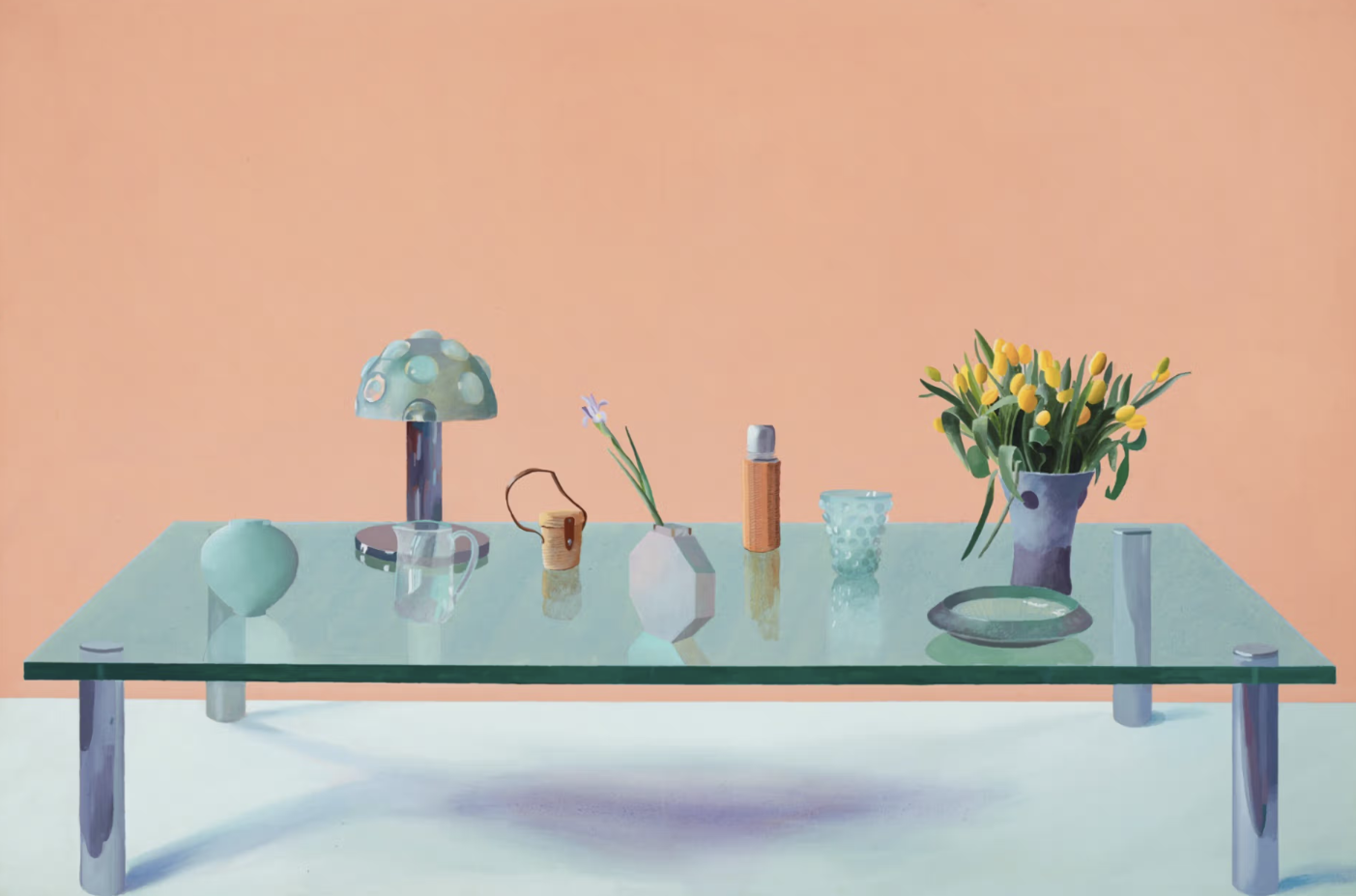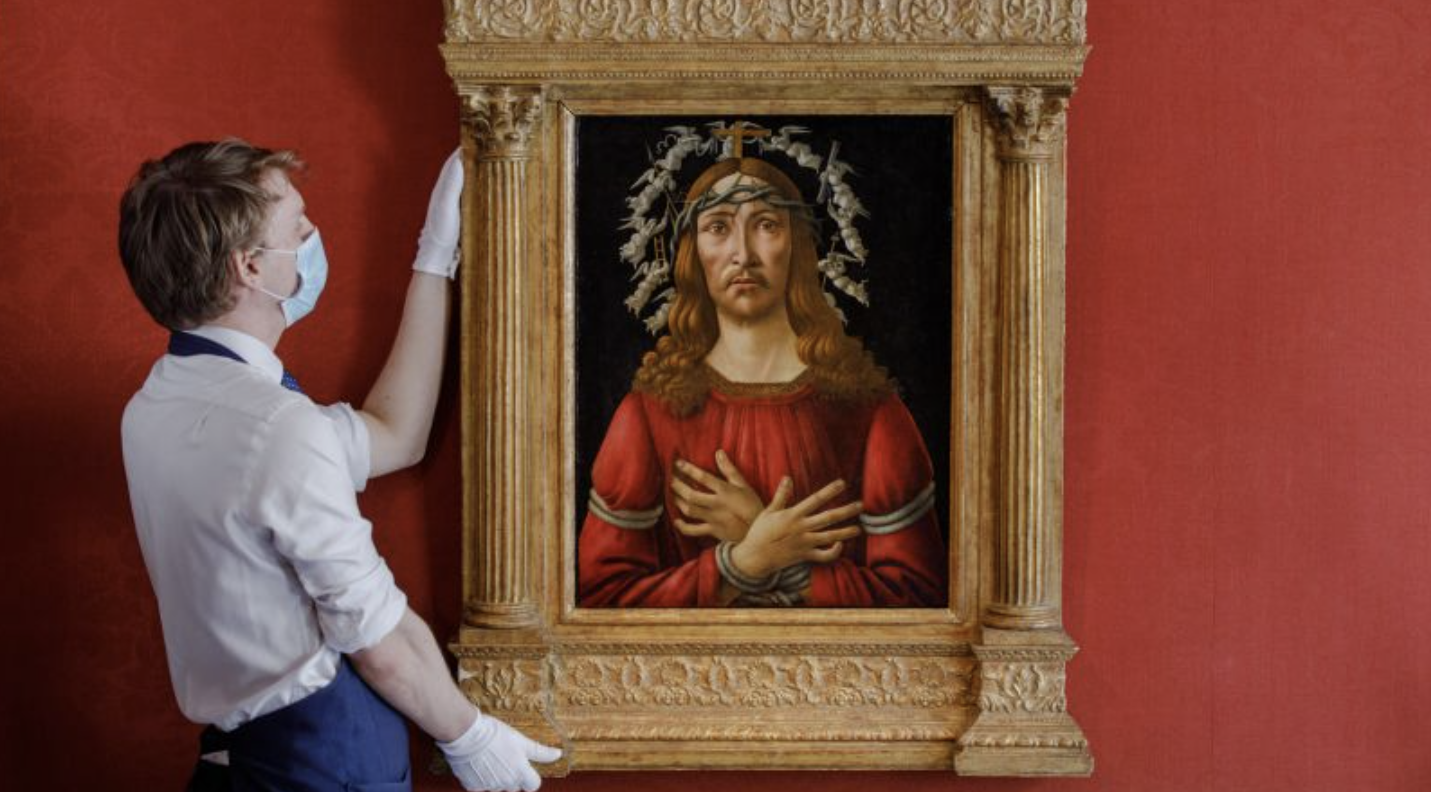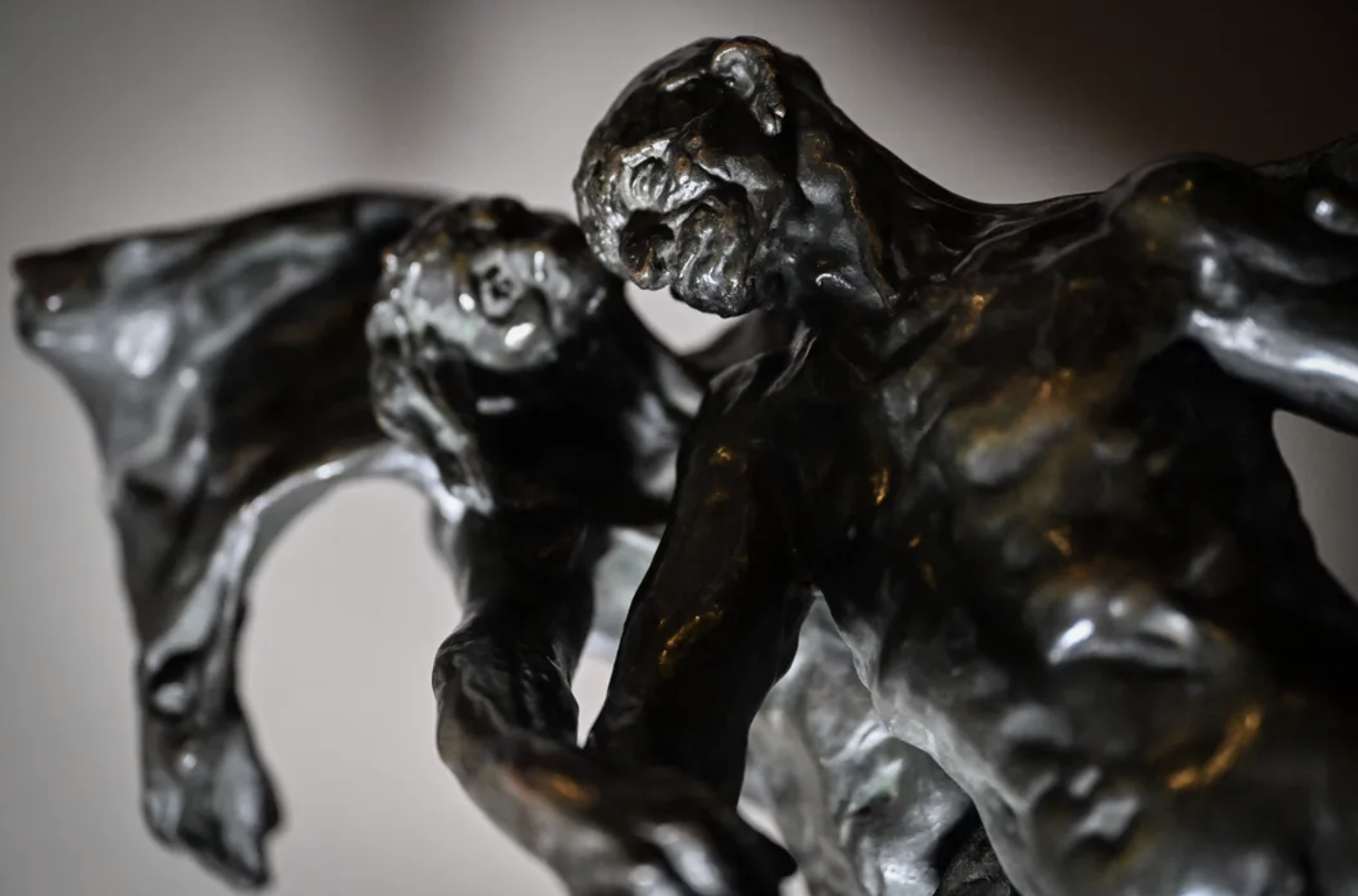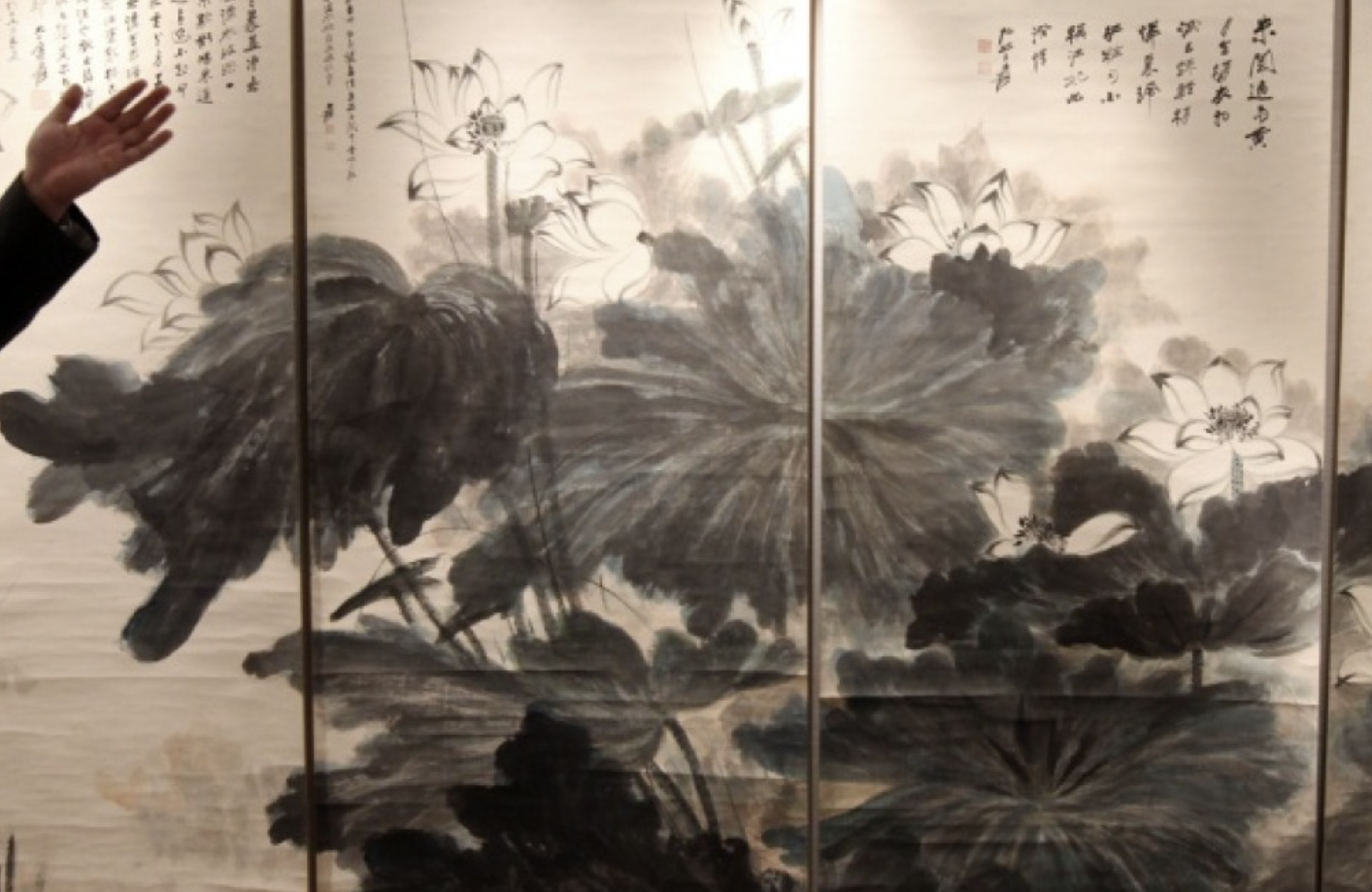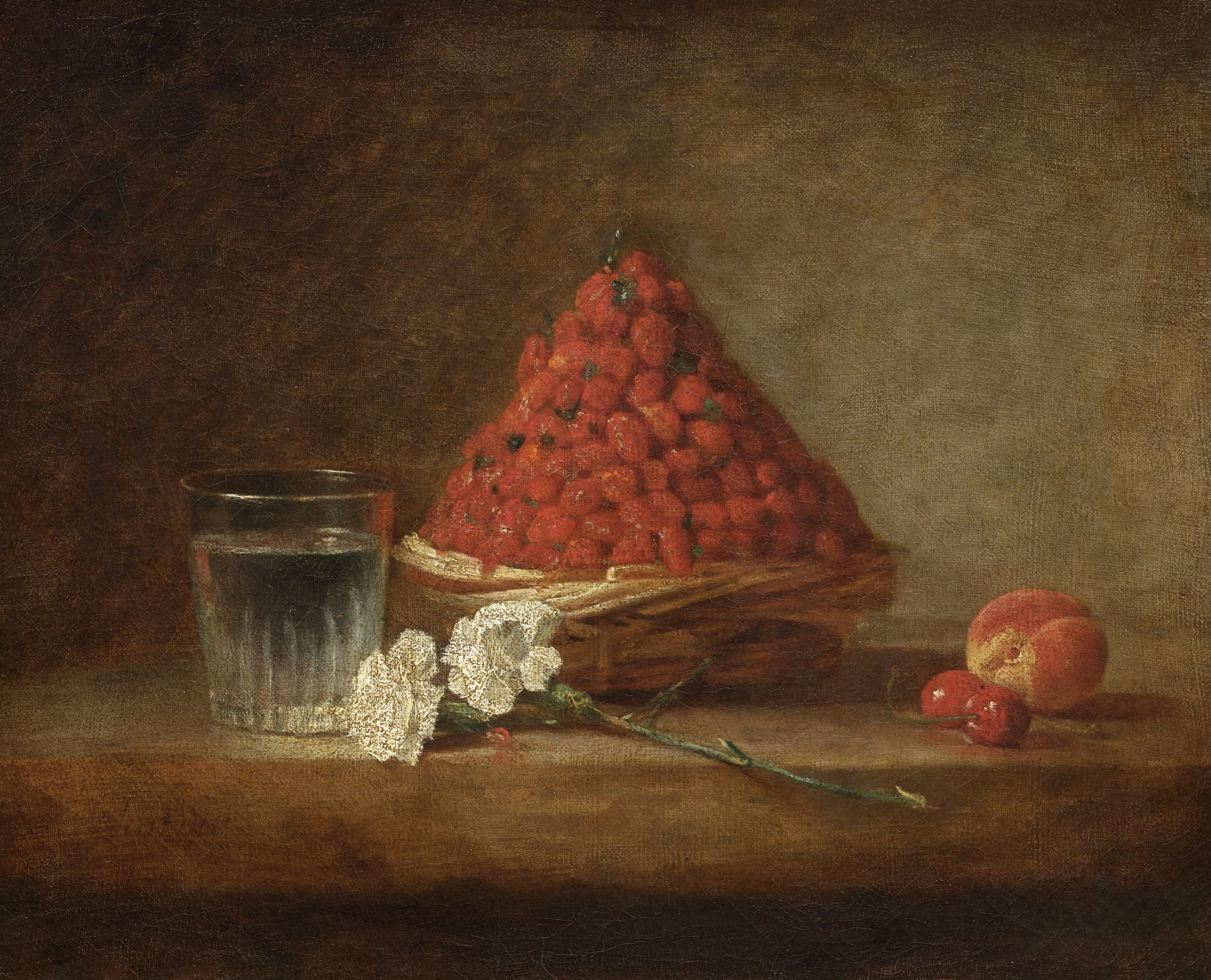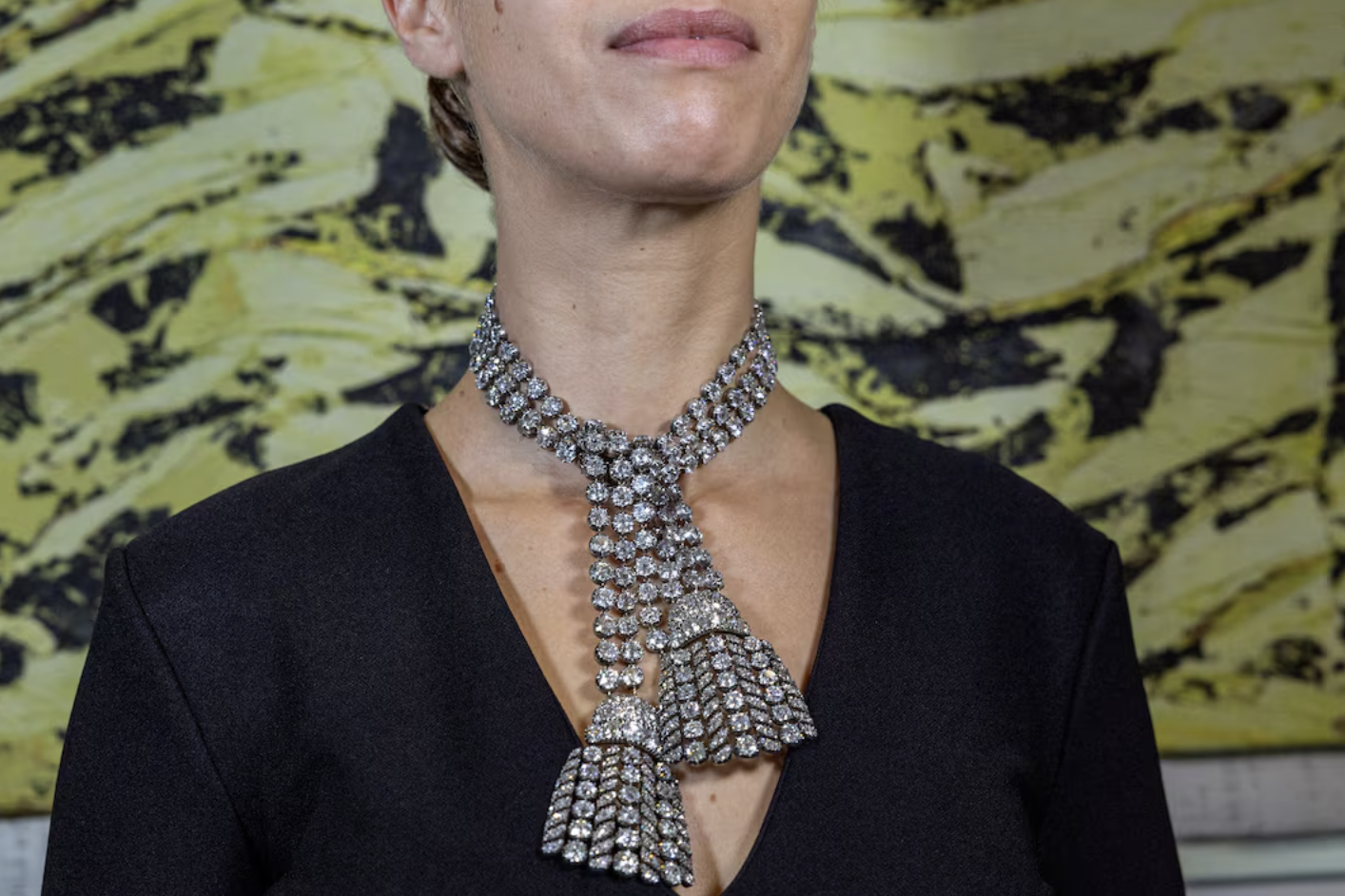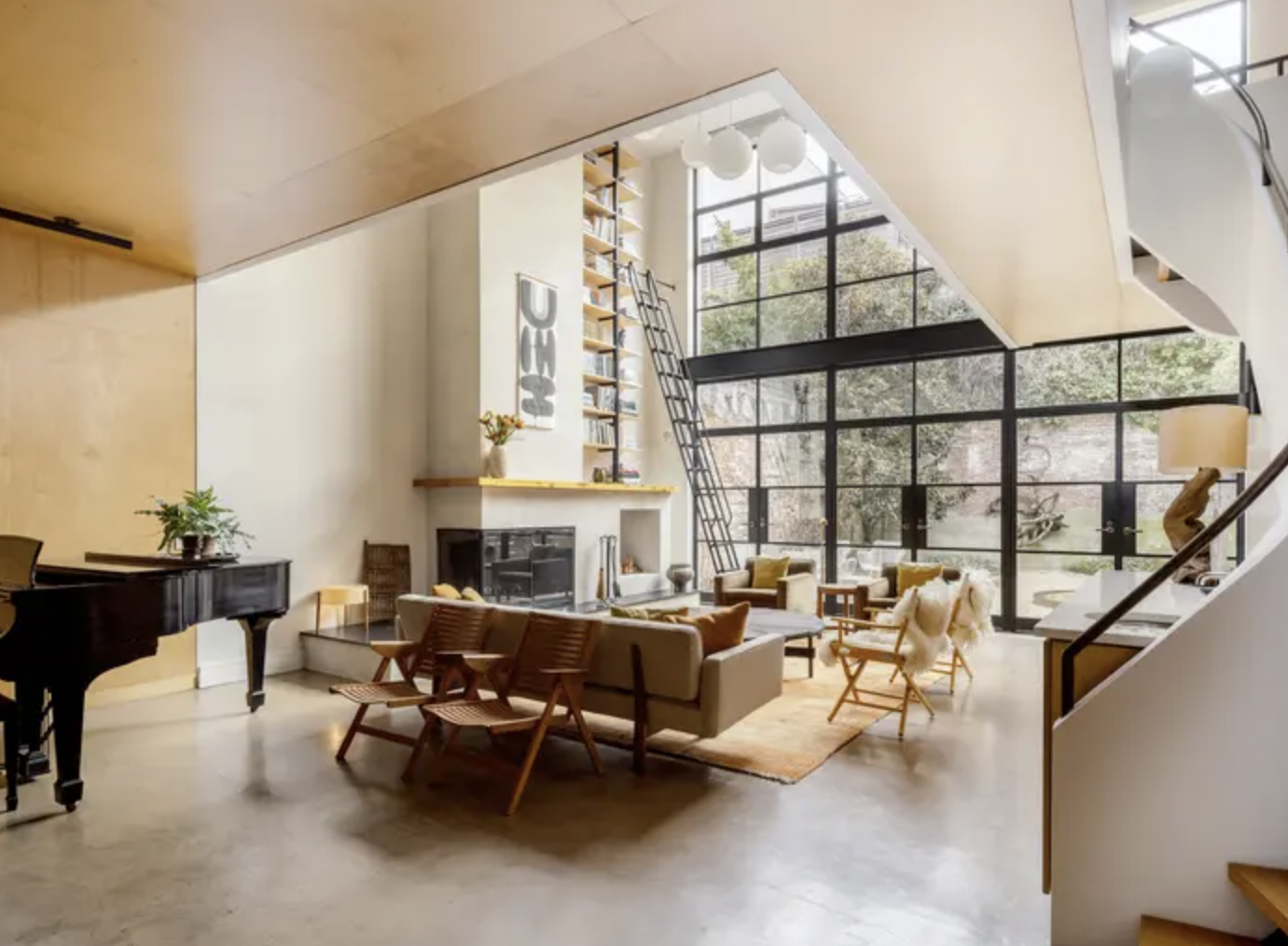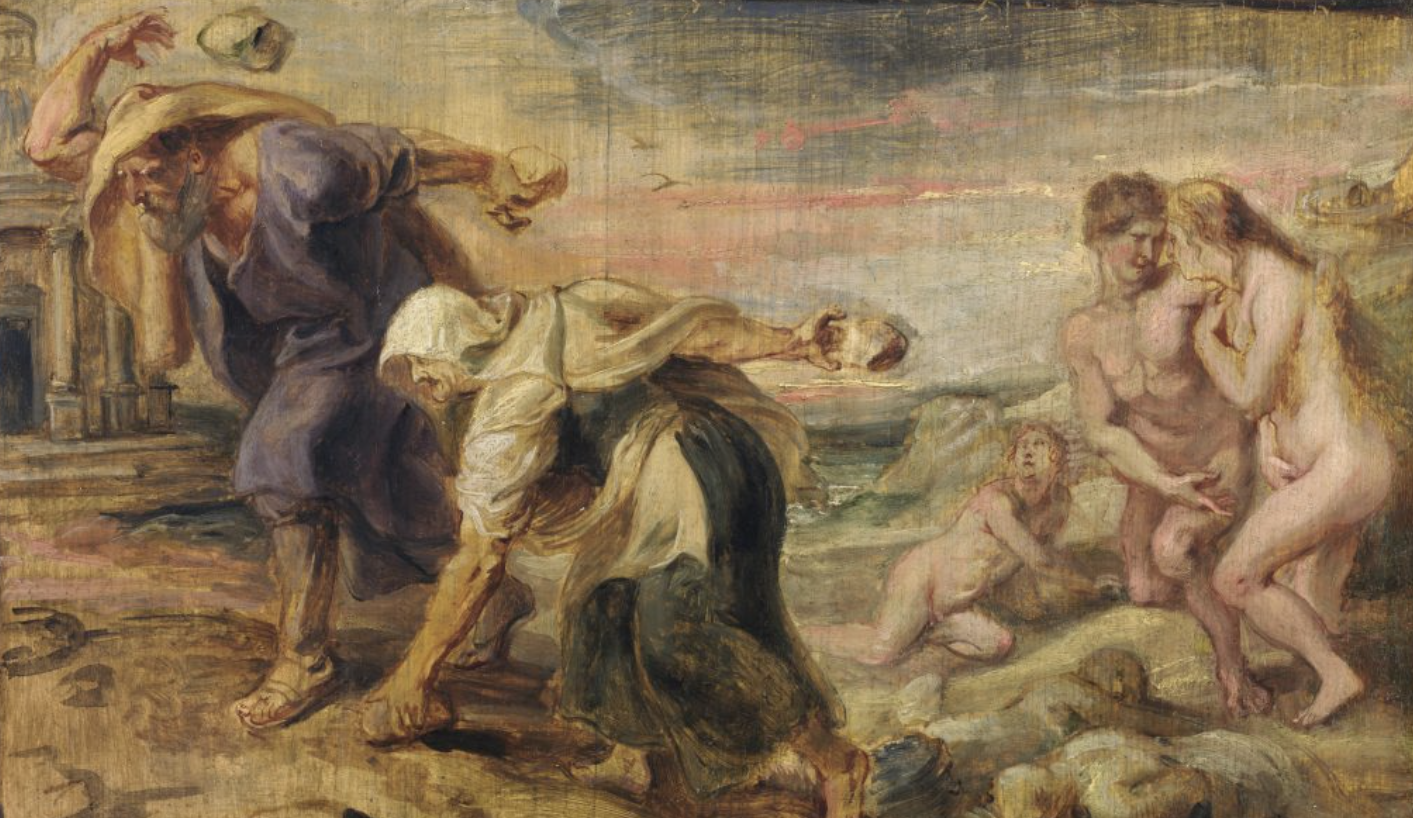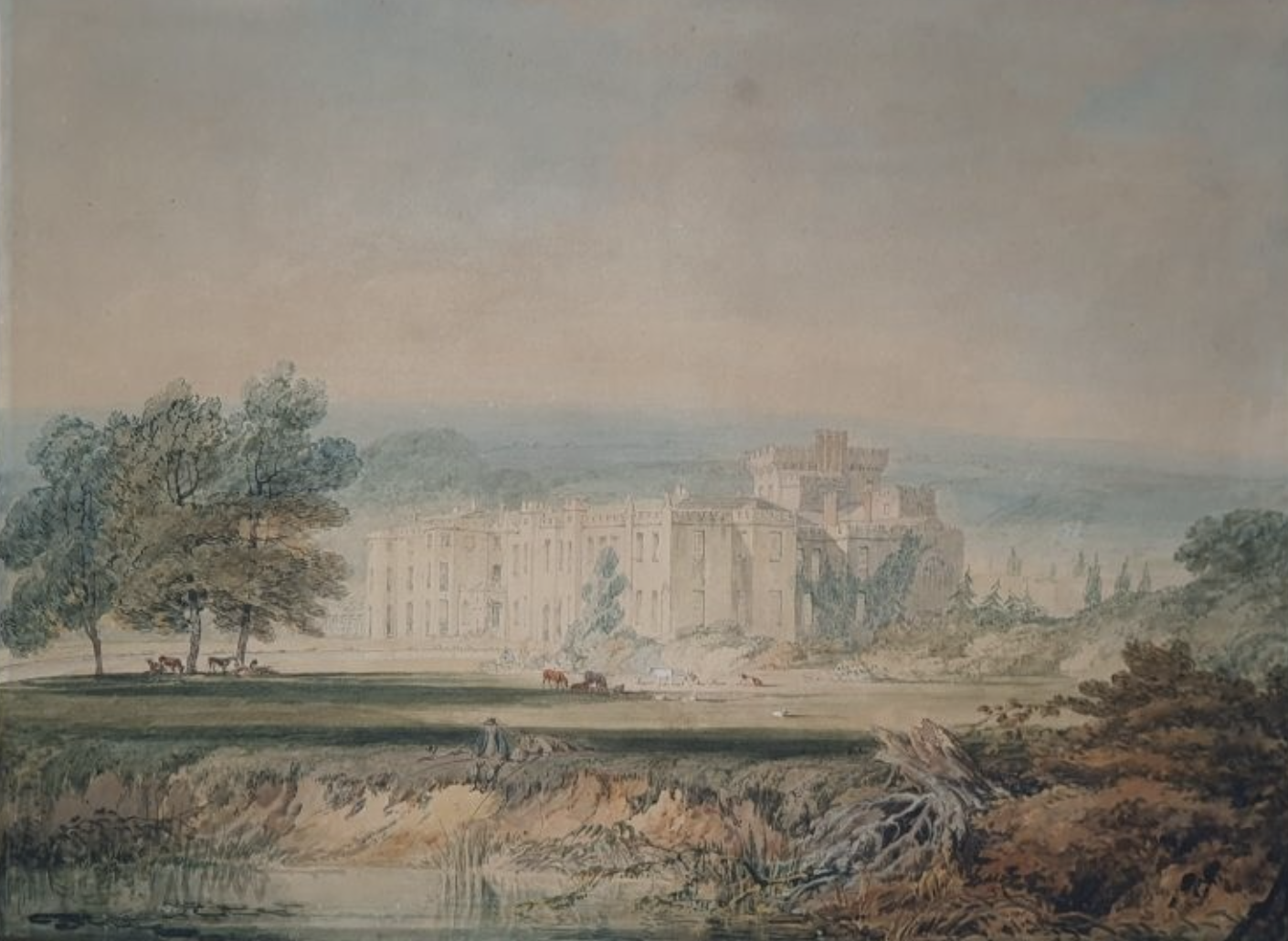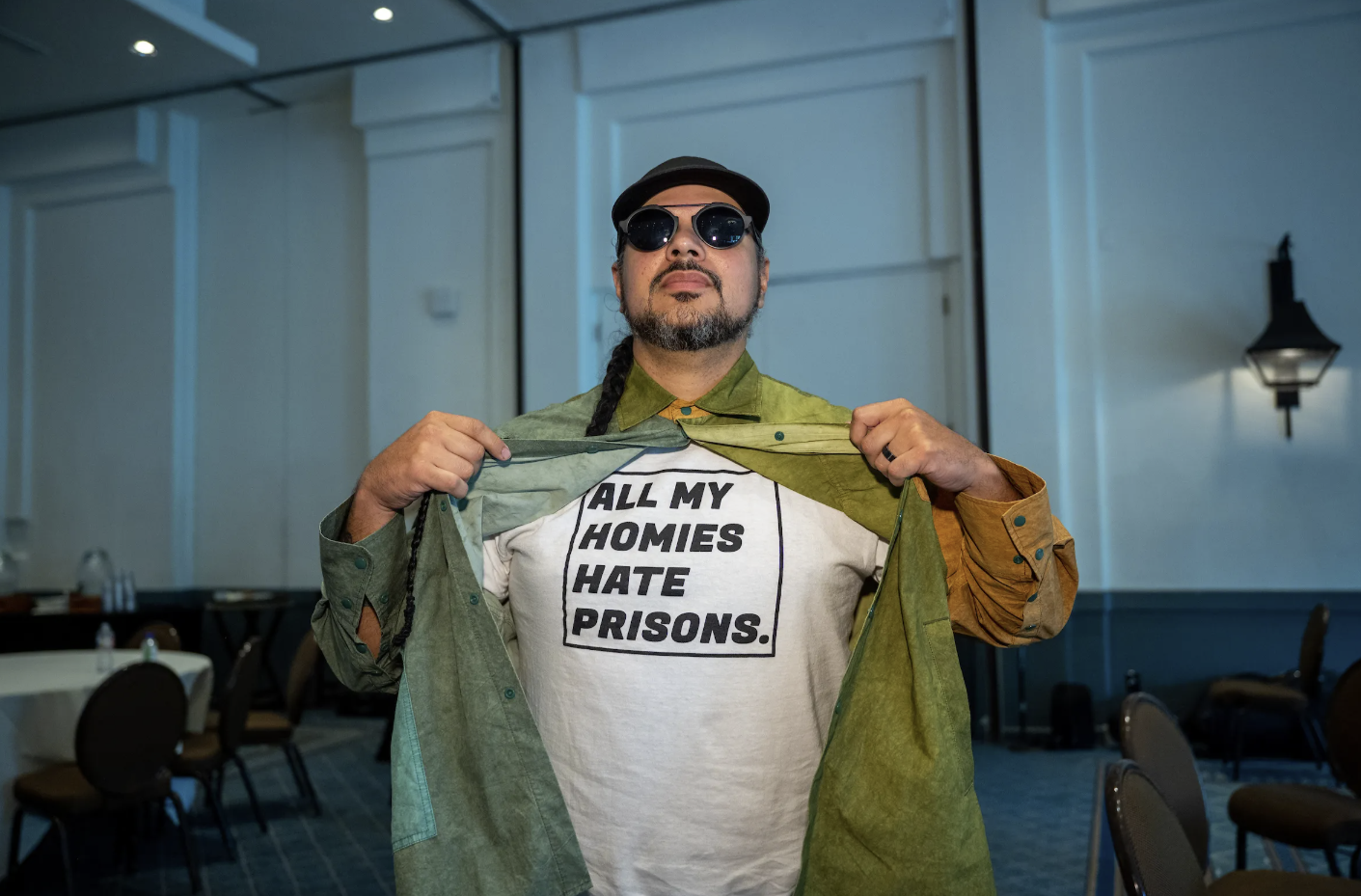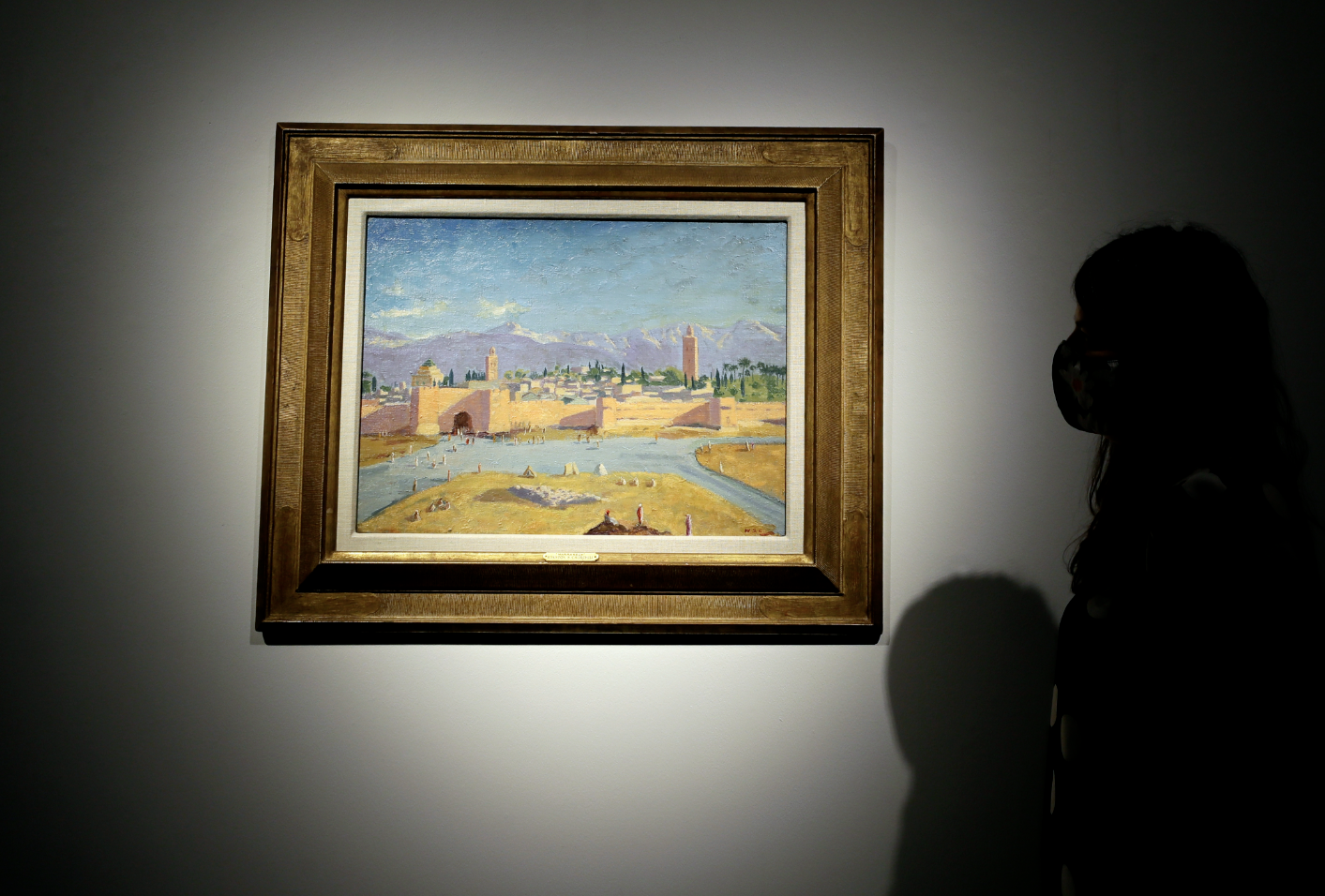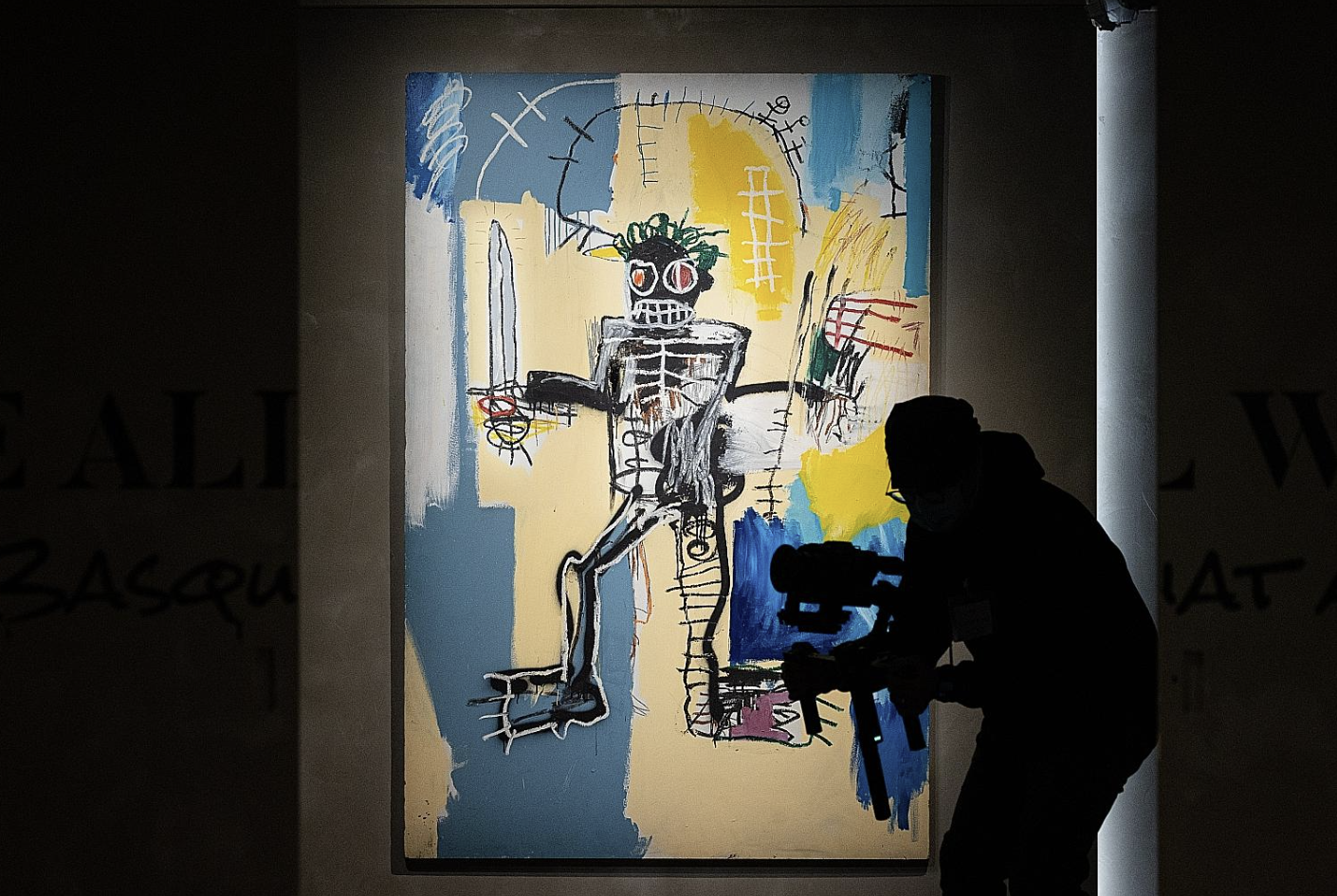
On March 23, Jean-Michel Basquiat’s iconic piece Warrior sold for an impressive $41.9 million (HKD 323,600,000) at Christie’s in Hong Kong, surpassing its high estimate of $31–41 million. This sale marks the highest price ever paid for a Basquiat painting at auction in Asia, and it ranks as the fourth-highest price achieved by the artist overall at auction.
While the auction record for Basquiat still belongs to his Untitled (1982), which fetched a staggering $110.5 million in 2017, Warrior’s sale is a significant moment for both the artist and the market. The Untitled work was acquired by Japanese collector and billionaire Yusaku Maezawa, who has also contributed to Basquiat’s second-highest auction price, $57 million, for another Untitled painting from 1982.
The Warrior painting was part of a special sale titled “We Are All Warriors” within the 2021 Spring Twentieth Century Season at Christie’s, which also included a recently rediscovered Van Gogh landscape. The sale took place amidst challenging economic conditions brought on by the COVID-19 pandemic, which had caused global art sales to decline by 22% in 2020, according to the Art Market 2021 report by Art Basel and UBS. Despite the downturn, Warrior’s remarkable price reflects the enduring appeal of top-tier artists like Basquiat.
Created in 1982, Warrior is a powerful acrylic, oil stick, and spray paint piece on wood panel, painted at the peak of Basquiat’s career. The painting features a full-length warrior figure wielding a silver sword, confronting the viewer with fierce red eyes and wild green hair. The Christ-like imagery, a frequent motif in Basquiat’s work, reflects his turbulent life and artistic genius before his tragic death from a drug overdose in 1988 at just 27 years old.
Warrior was first shown in Tokyo in 1983 at Akira Ikeda Gallery and has since appeared in numerous prominent exhibitions and publications dedicated to Basquiat. Notably, it was featured in the 2019 Jean-Michel Basquiat exhibition, which marked the opening of the Brant Foundation Art Study Center’s East Village location in New York City.
The sale of Warrior is also a significant milestone for the Western art market in Asia. Evelyn Lin, Deputy Chairman of Christie’s Asia Pacific, highlighted that the Asian market for Western art has been maturing rapidly. The sale comes after a series of record-breaking auctions in Hong Kong, showcasing a growing appetite for Western art among Asian collectors. The strong performance of Basquiat’s work reflects this shift, with Asian buyers increasingly investing in major Western artists.
In addition to established figures like Basquiat, Asian collectors have also shown interest in emerging artists, with several auction records set for younger talents in the region. Works by artists such as Dana Schutz, Nicholas Party, Amoako Boafo, and Shara Hughes have all achieved new heights in Asia, further solidifying the region’s importance in the global art market.
Basquiat’s work is particularly well-suited to Asian collectors, according to Lin, due to the universal language of his art. His fusion of classical art history, Abstract Expressionism, graffiti, and street culture resonates across cultures and time periods. Lin also pointed out Basquiat’s personal connection to Asia, noting his multiple visits to Japan and his collaboration with fashion designer Issey Miyake.
Warrior has a notable auction history, having sold three times previously, including at Sotheby’s New York in 2005 for $1.8 million, Sotheby’s London in 2007 for $5.6 million, and again at Sotheby’s London in 2012 for $8.7 million. Its latest sale at Christie’s is a testament to Basquiat’s lasting impact on the art world and his continued prominence in the global market.


